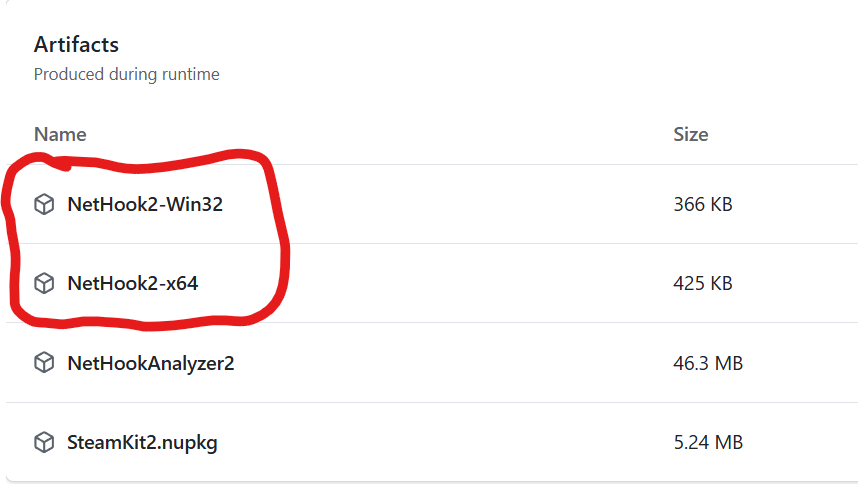-
Posts
3656 -
Joined
-
Last visited
Everything posted by Dr. McKay
-
Yes, use getAppBetaDecryptionKeys.
-
I don't know why you'd get DuplicateRequest when logging in if you're doing everything correctly. Maybe the code was already used?
-
You're getting DuplicateRequest in the login callback?
-

Question: Using proxies with steamcommunity (v3 and later)
Dr. McKay replied to HunterX12's topic in node-steamcommunity
Basically just do exactly what the login-with-password example shows, and once you have webCookies then you can call community.setCookies(webCookies) -
Show your code please.
-

best way to check if an item is used in node-tf2
Dr. McKay replied to mjavad_mllw's topic in General
Either event should be fine to determine if using a backpack expander succeeded, although personally I'd probably use itemRemoved. -
Not really. The best you could do is check whether either party is not tradable.
- 1 reply
-
- counter-strike
- trade
-
(and 1 more)
Tagged with:
-

a way to check if trade partner has prohibition
Dr. McKay replied to mjavad_mllw's topic in node-steam-tradeoffer-manager
Trade bans can be checked with the GetPlayerBans WebAPI method. Escrow can be checked with the GetTradeHoldDurations WebAPI method. getUserDetails() works by loading the tradeoffer page (using the user's trade link) and scraping the results from the HTML. -
Yeah, no reason that shouldn't work.
-

Mobile Confirmation of incoming tradeoffer
Dr. McKay replied to bytes_intravenously's topic in General
You can't mobile confirm a trade offer without having your account's identity_secret, which is present in the mafile. -
You're far more than one step away. Joining a community server is not supported and never will be, as you'd have to implement VAC which nobody has been insane enough to try.
-
Where are you getting a 'ready' event from? No such event exists in globaloffensive. It's connectedToGC.
-
It wouldn't show as in-game on the profile unless you set your persona state to Online with the setPersona() method, although that wouldn't affect connecting to the GC. Are you still using your modifications to global offensive? Try getting rid of those, as those weren't your problem.
-
Set your client's persona state to Online and then check the account's Steam profile to make sure it's actually launching CS. If it doesn't appear as in-game, you're doing something else wrong.
-
This is normal if your steam-user client shut down without properly logging off recently. I believe what happens is the GC never receives a notification of the client disconnecting, so it keeps your session active even though you're no longer there. You can typically solve this by calling logOff() if you don't get a session in a reasonable time, then logging on again.
-
client.gamesPlayed = [730]; // Announce we are "playing" CS2 This is your problem. The correct usage is: client.gamesPlayed([730]);
-
I'm not aware of any other requirements like you describe. Are you sure that you're logging onto Steam correctly?
-
No, there's no other prerequisite. Were you previously using these accounts for something like requesting item data? I've heard reports of people having their accounts "banned" from connecting to the GC after doing so.
-
They're likely to be protobuf objects that are defined in the CS2 protobufs. I don't have any source off-hand to map type_ids to protobuf definitions; your best bet is likely to just try parsing data using various definitions and see what looks right.




